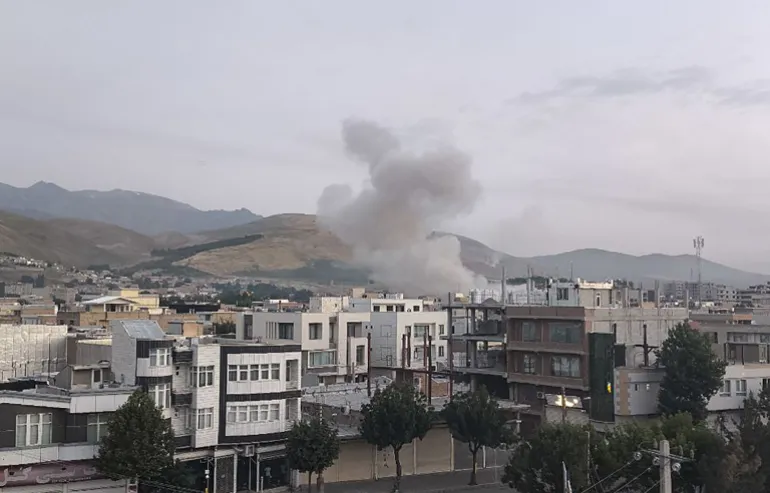- Courses
- GS Full Course 1 Year
- GS Full Course 2 Year
- GS Full Course 3 Year
- GS Full Course Till Selection
- Answer Alpha: Mains 2025 Mentorship
- MEP (Mains Enrichment Programme) Data, Facts
- Essay Target – 150+ Marks
- Online Program
- GS Recorded Course
- Polity
- Geography
- Economy
- Ancient, Medieval and Art & Culture AMAC
- Modern India, Post Independence & World History
- Environment
- Governance
- Science & Technology
- International Relations and Internal Security
- Disaster Management
- Ethics
- Current Affairs
- Indian Society and Social Issue
- NCERT- Science and Technology
- NCERT - Geography
- NCERT - Ancient History
- NCERT- World History
- CSAT
- 5 LAYERED ARJUNA Mentorship
- Public Administration Optional
- ABOUT US
- OUR TOPPERS
- TEST SERIES
- FREE STUDY MATERIAL
- VIDEOS
- CONTACT US
Cotton production in India
Cotton production in India
Latest Context:
Cotton, often referred to as "White-Gold," is a crucial crop in India, providing food, feed, and fiber for various purposes and supporting millions of farmers. However, recent years have seen a decline in cotton production and yields, posing challenges to India's agriculture and textile sectors
Significance of Cotton for India:
- About: Cotton, a versatile crop, holds a prominent position in India, accounting for approximately 25% of global cotton production.
- Growing Conditions: Cotton thrives in hot, sunny climates with extended frost-free periods, making it most productive in warm and humid conditions. It adapts to various soil types but is sensitive to waterlogging.
- Species of Cultivated Cotton: India cultivates all four species of cultivated cotton, contributing to its diverse cotton production.
- Major Cotton-Growing Zones: Cotton production is concentrated in ten major cotton-growing states, grouped into three diverse agro-ecological zones.
- Significance: Cotton is a source of three vital components: fiber, food, and feed, playing a pivotal role in India's textile and agricultural industries.
Fast Growth, Then Drop in Cotton Production in India:
- Growth: Between 2000-01 and 2013-14, India witnessed a growth in cotton production attributed to genetically-modified (GM) cotton hybrids with Bt genes. This led to increased lint yields, cottonseed production, and associated products.
- Decline: Post-2013-14, cotton production declined due to the emergence of the pink bollworm (PBW). PBW infestations led to reduced cotton quantity and quality, resulting from the pest's resistance to Bt proteins.
Managing the PBW Pest:
Mating Disruption: To combat PBW, "mating disruption" techniques involving synthetic pheromones have been employed. These disrupt the reproductive cycles of male moths by hindering their ability to locate females.
Other Issues Associated with the Cotton Sector in India:
- Yield Fluctuations: Cotton yields in India are unpredictable due to factors like limited irrigation access and erratic weather patterns.
- Smallholder Dominance: The majority of cotton farming in India is conducted by small-scale farmers with limited access to modern farming technologies.
- Limited Market Access: Many cotton growers struggle to access markets directly, leading to reliance on intermediaries.
The Path Ahead:
- Market Linkage Platforms: Create digital platforms connecting cotton farmers with buyers to reduce middlemen involvement.
- Community-Based Seed Banks: Establish seed banks at the community level to preserve genetic diversity and promote higher-yielding strains.
- Integrated Pest Management (IPM): Promote IPM strategies combining natural controls and beneficial insects to reduce pesticide use.
- Value Addition Through Local Processing: Promote local cotton processing units to, clean, and process cotton fiber, adding value to the cotton supply chain.
Conclusion:
Cotton, a vital crop in India, faces challenges and opportunities. By implementing integrated pest management, conserving seed diversity, enhancing market linkages, and adding value through local processing, India can address the challenges and continue to benefit from this "White-Gold" resource.
Q. What contributed to the rapid growth in cotton production in India between 2000-01 and 2013-14?
A) Favourable weather conditions
B) Introduction of genetically-modified cotton hybrids with Bt genes
C) Increased irrigation facilities
D) Expansion of cotton-growing zones
Answer Choices:
A) A and C
B) B and D
C) A and B
D) B and C
Correct Answer: C) A and B



